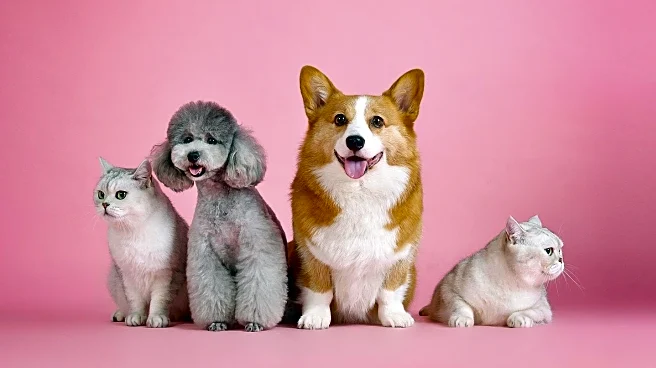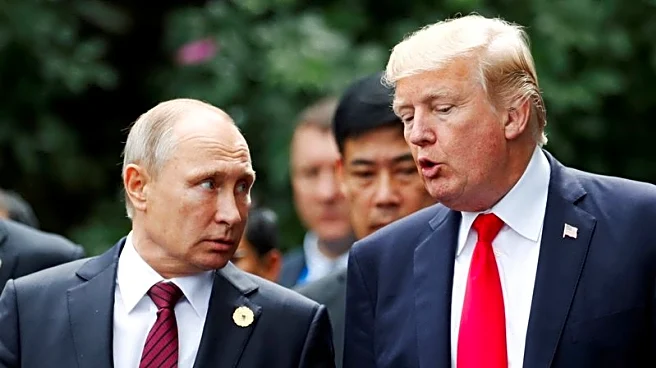Rapid Read • 9 min read
The veterinary industry in the United States is experiencing significant cost increases, with urban veterinary service prices rising by 7.9% over the past year and 11% over the last two years. Over the past decade, these costs have surged by 60%, outpacing the average consumer price index. In 2023, Americans spent an estimated $38 billion on healthcare services for companion animals, up from $29 billion in 2019. The rising costs are attributed to factors such as increased demand, wage inflation due to labor shortages, corporate consolidation, and higher costs for medication, supplies, and equipment. Despite these rising costs, a USA Today survey indicates that 91% of pet owners have experienced financial stress due to pet care expenses, with 95-97% of pet owners not having pet insurance, making veterinary care an out-of-pocket expense.
AD
The rising costs in veterinary care have significant implications for pet owners and the veterinary industry. With the majority of pet owners lacking insurance, the financial burden of pet healthcare falls directly on them, potentially leading to difficult decisions regarding their pets' health. This situation could result in decreased access to necessary veterinary services for some pet owners, impacting animal welfare. Additionally, the financial strain on pet owners could influence the demand for veterinary services, affecting the industry's growth and sustainability. The lack of insurance coverage in veterinary care highlights a gap in the market that could be addressed by insurance providers, potentially offering relief to pet owners and stabilizing the industry.
As the cost of veterinary care continues to rise, there may be increased pressure on the industry to find solutions that make pet healthcare more affordable. This could include the development of more comprehensive pet insurance options or industry-wide efforts to control costs. Additionally, there may be a push for greater transparency in pricing and the exploration of alternative care models to reduce expenses. Stakeholders, including veterinary associations and pet insurance companies, may need to collaborate to address these challenges and ensure that pet owners can access necessary care without undue financial hardship.
The rising costs in veterinary care also raise ethical considerations regarding the accessibility of healthcare for pets. As costs increase, there is a risk that only affluent pet owners will be able to afford comprehensive care, potentially leading to disparities in animal welfare. This situation underscores the need for a broader discussion on the role of pet insurance and the responsibility of the veterinary industry to provide equitable access to care. Additionally, the trend of corporate consolidation in the veterinary sector may influence pricing and service availability, prompting discussions on the balance between profit and care quality.
AD
More Stories You Might Enjoy











